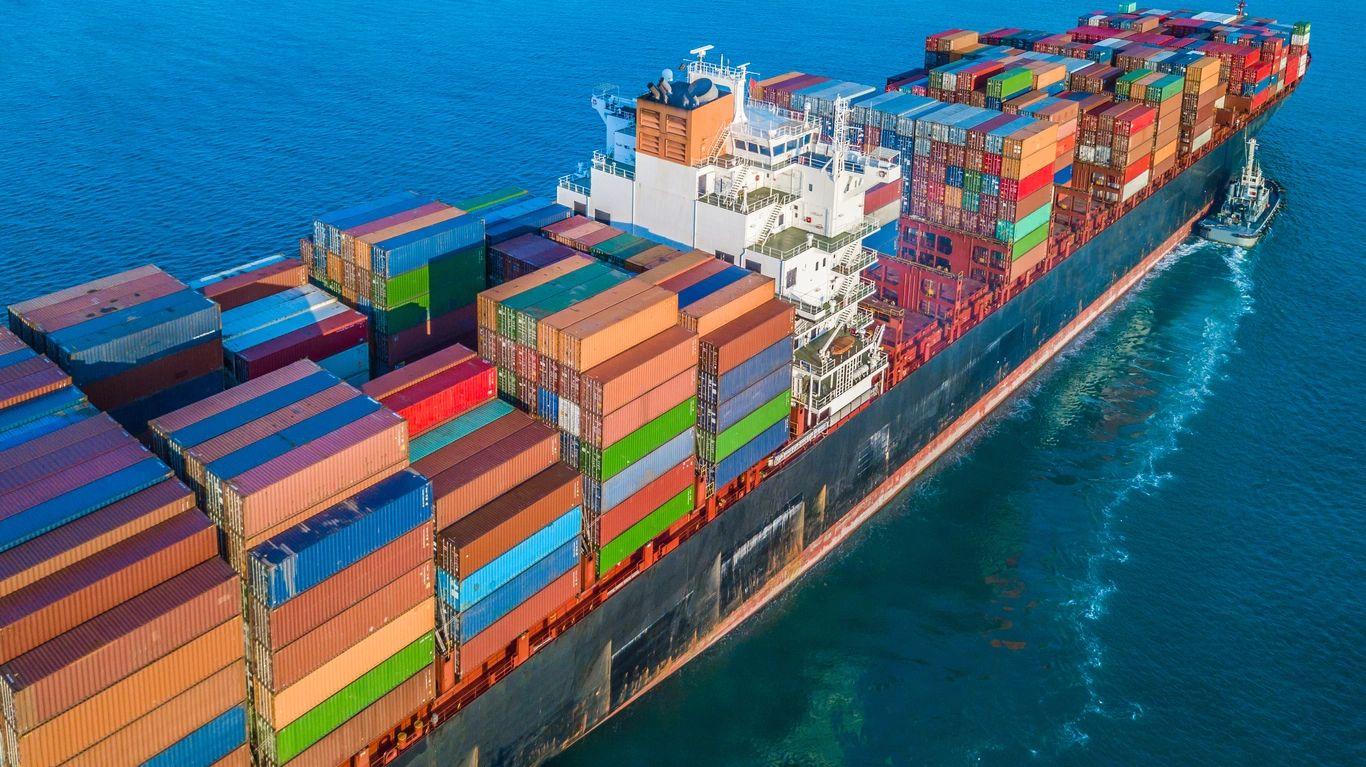
Marine Container Examination Process (MCEP)
Published: November 19, 2024
What is the Marine Container Examination Process (MCEP)?
Importing goods can be a complex journey, especially when it comes to customs exams. At Ramsay Customs & Logistics, we believe that knowledge is power. Understanding the types of customs exams can make your importing experience smoother and less stressful. In this blog, we’ll focus specifically on the Marine Container Examination Process (MCEP), its impact on your shipments, and the associated costs and delays.
Customs exams are a necessary part of the import process. They ensure that all goods entering Canada comply with its laws and regulations. The Canada Border Services Agency (CBSA) conducts these exams to protect the health, safety, and security of Canadians. While many shipments clear customs without issue, others may be selected for a more detailed inspection. The Marine Container Examination Process (MCEP) is one such inspection that can be required for ocean freight shipments.
Marine Container Examinations involve several layers of handling, and because of the container’s size and the logistics involved, the process can become costly and time-consuming. At Ramsay Customs & Logistics, we want to be transparent about the challenges and delays that may arise, so you are better prepared to manage your expectations.
Types of Ocean Container Customs Exams
Understanding the different types of ocean container customs exams helps you anticipate what might happen to your shipment. Here’s an overview of the primary types you may encounter:
1. Large Scale Imaging (LSI) Examinations
In the Large Scale Imaging (LSI) exam, X-ray technology is used to scan the contents of the shipping container. This non-intrusive method allows CBSA officers to quickly identify potential issues, such as illegal items or hazardous materials. If any concerns arise from the scan, the container may be flagged for further examination at a Marine Container Examination Facility (MCEF).
LSI exams can help speed up the process for compliant shipments, but there’s always a chance that further inspections will be required. Even if your shipment passes the LSI, additional checks can occur depending on the type of goods and other factors.
2. Pier/Dockside Examinations
A Pier/Dockside Examination involves a visual inspection of the container. CBSA officers may open the doors and examine the contents that are closest to the opening. This type of exam is less intrusive than a full MCEF inspection but can still lead to delays. If anything suspicious is found, it may result in further inspections at a more detailed facility.
While this exam can be relatively quick, delays can still occur, especially if the container is flagged for additional scrutiny. Be prepared for potential hold-ups and the costs associated with port congestion.
3. Marine Container Examination Facility (MCEF) Exams
The Marine Container Examination Facility (MCEF) exam is the most detailed and involves multiple steps:
- Fumigant Testing and Ventilation: The facility tests the container for toxic chemicals and vents the container if unsafe levels are detected.
- Offloading: Goods are removed from the container for further inspection.
- Thorough Examination: CBSA officers conduct a detailed inspection of the goods.
- Reloading: After the inspection, the goods are reloaded into the container, and it is cleared for release.
While these exams are essential to ensuring compliance, they are also more time-consuming and costly. Offloading, reloading, and trucking fees can quickly add up, and congestion delays at the MCEF can extend the process significantly.
Delays and Costs Associated with MCEP
One of the biggest challenges with the Marine Container Examination Process is the delay. On average, these exams can take three weeks to complete, depending on factors such as port congestion and the complexity of the inspection. Delays can vary, but it’s important to account for this when planning your import schedule.
While CBSA does not charge for the exams themselves, several fees can quickly accumulate during the process. These include:
- Exam Handling Fees: These fees cover the costs associated with transporting the container to and from the MCEF, offloading and reloading the goods, and the processing of the shipment.
- Detention Fees: If the container remains at the port beyond the allotted time, detention fees will apply.
- Demurrage Fees: These are incurred if the container is delayed due to the customs exam and exceeds the free time allotted by the steamship line.
The cost of these fees varies depending on the steamship line, the size of the container, and the duration of the hold. The longer your container is detained, the higher the costs can climb.
Why the Process Can Be Costly
The Marine Container Examination Process can be expensive due to the extensive handling involved. Containers must be moved between different facilities, offloaded for inspection, and then reloaded once cleared. This requires significant logistics coordination, which contributes to the overall cost. Furthermore, any delay in clearing the exam can lead to demurrage fees and detention charges, as containers are kept longer at the port or facility than originally planned.
Partnering for Success
Understanding the Marine Container Examination Process and its associated costs and delays is critical for any importer. While the process may seem overwhelming, especially with the uncertainties of transition and port congestion, preparation is key. Knowing what to expect, budgeting for potential costs, and working with an experienced broker can make all the difference.
At Ramsay Customs & Logistics, we are here to guide you through the complexities of the Marine Container Examination Process. While it may be challenging right now, we are dedicated to helping you navigate these hurdles and ensure your import process runs as smoothly as possible.